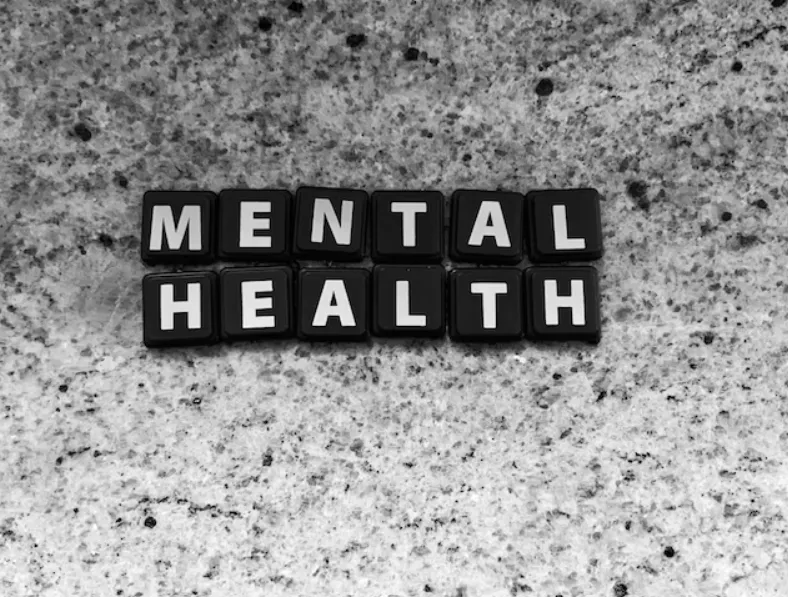Trauma-based conditions are incredibly difficult conditions to live with. It can seem at times like it is impossible to move on, and that the trauma will weigh on your mind forever.
Fortunately, this isn’t the case. Treatment is available for all trauma-based conditions, which should lead an individual to recover, and attain a higher quality of life.
There are certain things too that can be done to help an individual live with their condition, here we take a look at these!

1. Remember it is never too late to seek help
Regardless of your current situation, or however long you have waited after the traumatic event – remember that it is never too late to seek help!
While it is great if you do seek treatment early, this isn’t always possible. Instead, you will be able to access treatment whenever.
If an event from the past is still impacting your life, you should seek help, irrespective of when that event was.
2. Carry personal items that reminds you today is now!
Anyone that has suffered from flashbacks knows how easy it is to be going about your everyday life, and before you know it – you are back there.
To help cope with this, some people choose to carry a personal item which reminds them today is the present – at all times. This can help a person to realise in the midst of a flashback that this event was in the past, and that they aren’t reliving the event.
3. During flashbacks, stay calm
Flashbacks are some of the toughest parts of trauma-based conditions. Many people suffer from them.
But despite this, try and retain control by breathing normally, and staying calm throughout. Remember that it will pass, and that the event in question is in the past.
4. See people
It can be difficult to muster up the strength and willpower to see others when you are in a state of despair. However, try and see other people – they might just lift your mood.
At the very least, it will be a nice distraction. Try catch up with old friends, or see family. Even just head out for a walk!
5. Speak your mind to someone
Something that is very, very therapeutic is speaking your mind to someone. Holding back and keeping everything to yourself isn’t a healthy thing to do.
By sharing your problems with someone you love and trust, it can do wonders. After all, a problem shared is a problem halved.
6. Be open with your therapist
Advancing on the above point, it is crucial that if you seek talking therapy, to be open with your therapist, and not hold back any details.
They are professionally trained to help, and should be able to provide relief. A good therapist-patient relationship can really help with treatment. Mutual trust can aid this.
Therapies that can be particularly helpful for trauma-based conditions include Eye movement desensitisation and reprocessing (EMDR) and Psychoanalytical Psychotherapy.
7. Try and learn your triggers
A common element of therapy is to try and identify if certain triggers exist. Is there something that triggers a flashback or nightmare?
Noticing this is very important, and should lead to an individual being able to avoid certain stimuli, which may lead to reduction in symptoms.
8. Exercise and eat healthily
Getting exercise is a great idea! It can lift your spirits and keep you feeling positive. You can try and make this part of a routine.
Also, it can be easy to comfort eat when you are feeling low. However, instead try and have plenty of fruit and vegetables in your diet in order to stay healthy!
9. Join a support group
Support groups can be very helpful for people with trauma-based conditions. They can help people to share experiences with one another, and gets people talking face-to-face.
For example, PTSD Support are a UK-based organisation that organise support groups for those with the condition. They have some online groups, and some in-person. You can read more about PTSD Support here.
10. Don’t give up!
It can be very difficult to keep going throughout treatment. But you will get there eventually, and it will be worth the hard times.
Hopelessness is a horrible feeling – but with time, patience and belief, anything is possible.
See Also
- PTSD & Trauma: Everything You Need to Know
- What Are The Different Types of PTSD & Trauma Conditions?
- What Are The Symptoms of PTSD & Trauma Conditions?
- What Are The Causes of PTSD & Trauma Conditions?
- How is PTSD & Trauma Conditions Diagnosed?
- How Can PTSD & Trauma Conditions be Treated?
- What is the Prognosis for PTSD & Trauma Conditions?
- 10 Tips for Living With PTSD & Trauma Conditions
Disclaimer
This website should be used purely for informational purposes, and does not intend to, nor should it ever, be used as a replacement for professional medical advice.
We strive to keep all of our pages updated, and ensure that our website is full of factual and in-depth information. However, we encourage you to browse this website with care.
As a reminder, this website and all content within it cannot and should not replace the advice of a trained medical professional. You can read our full disclaimer at this link.
Helplines
If you are struggling with your mental health, help is available. With the right support and treatment, you can make a recovery. For information on helplines, or if you are in a state of crisis, please visit our crisis page by clicking on the relevant link for your geographical location (United Kingdom), (United States), (International). You can also see how to get mental health treatment and the process involved by clicking this link.




























